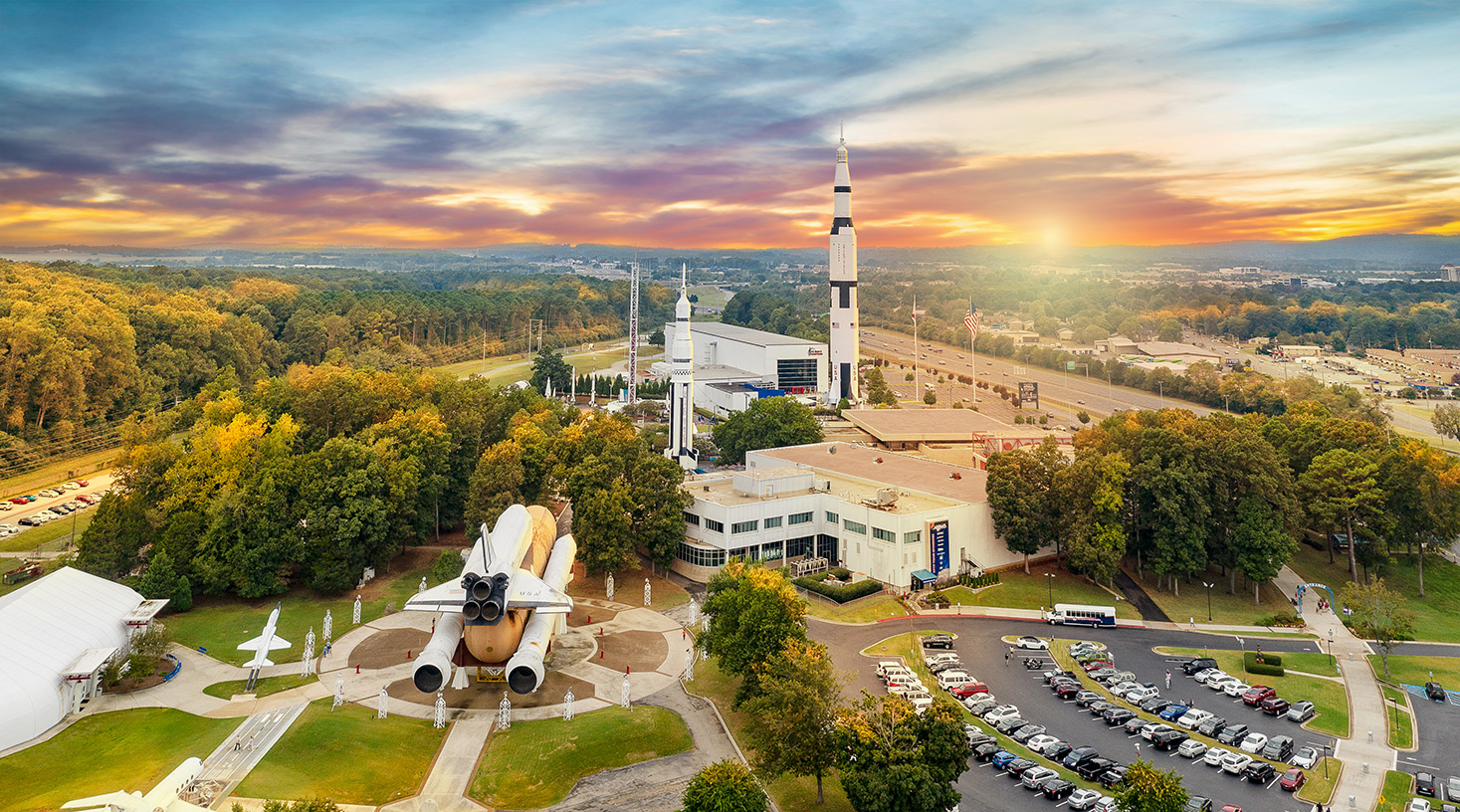
Blast off into adventure at the U.S. Space & Rocket Center! Home to four incredible STEM education programs—Space Camp®, Aviation Challenge®, Space Camp® Robotics, and U.S. Cyber Camp®—the USSRC isn't just a museum: it's an experience. Prepare to be awestruck by the world's most comprehensive collection of manned spaceflight hardware, a priceless treasure trove of rockets and spacecraft. From a replica of Explorer I, the satellite that launched America into the space age, to cutting-edge vehicles like United Launch Alliance’s Vulcan rocket, you'll journey through the history of human space exploration and glimpse its thrilling future. As the Official NASA Visitor Center for Marshall Space Flight Center and a Smithsonian affiliate, the USSRC offers a unique and unforgettable look at the cosmos.
U.S. Space & Rocket Center
The U.S. Space & Rocket Center annually hosts visitors from every state in the U.S. and more than 80 foreign nations who come to share the spirit of discovery through immersive education and experience.
The USSRC’s large rocket and space hardware collection contains more than 1,500 items that showcase the past, present and future of human spaceflight.
Notable Artifacts
- National Historic Landmark Saturn V Moon Rocket
- Pathfinder – one of only two full-stack space shuttle displays in the world.
- Apollo 16 Command Module
- Skylab Orbital Workshop
- Apollo 12 Moon Rock
The U.S. Space & Rocket Center is more than just artifacts! Experience the physics of astronaut training in simulators like Moon Shot and G-Force. Our world-class INTUITIVE® Planetarium transports you through our universe and beyond with live shows in a 67-foot dome theater. Catch a daily STEM on Stage or stroll through historic Rocket Park.
There’s always something exciting happening at the U.S. Space & Rocket Center!
Space Camp
Space Camp has been inspiring the next generation of explorers since 1982. This internationally known program with more than 1 million alumni is based on NASA astronaut training and focuses on teamwork and leadership skills. The oldest and largest STEM camp in the world, Space Camp has inspired and motivated young people from around the world, with attendees from all 50 states, U.S. territories and more than 150 foreign countries.
Based at the U.S. Space & Rocket Center, trainees have an unparalleled environment to spur imagination while being surrounded by space, aviation and defense artifacts.
- Space Camp is located in Huntsville, Alabama.
- Space Camp challenges campers to transcend from “What if?” to “Can do!”
- Space Camp alumni include NASA and ESA astronauts, engineers, scientists and technologists.
- Campers cultivate teamwork, leadership and decision-making skills through simulated missions while gaining personal and professional insights that profoundly impact their futures.
- Space Camp is the brainchild Edward O. Buckbee, the first director of the U.S. Space & Rocket Center, and rocket scientist Dr. Wernher von Braun, who led the development of the Apollo-era rockets that took America to the moon.
- Camps are available for fourth-grade through high school-age students (between the ages of nine to 18).
- Special programs are offered for trainees who are blind or visually impaired, deaf or hard of hearing.
- You’re never too old for Space Camp! Camp programs are also available for adults, educators, corporate groups and families. Family programs may include children as young as seven years old.
The U.S. Space & Rocket Center Commission
The Alabama legislature created the U.S. Space & Rocket Center Commission as a state agency to establish and direct the U.S. Space & Rocket Center®. The State of Alabama Governor makes all appointments to the 18-member Commission, referred to as the "Board." Board members must be Alabama residents and have knowledge of and interest in promoting national defense, energy information, and space exploration.
USSRC Board Members:
- MG (Ret.) Jim Rogers, Chair
- Mr. David Azbell, Vice Chair
- Rep. Joe Lovvorn, Secretary
- Mr. Rey Almodóvar
- Dr. Waymon Burke
- MG (Ret.) Barbara Fast
- Ms. Nicole Faulk
- Mr. Joe Fitzgerald
- Mr. Homer Hickam
- Mr. J. Scott Hunter
- Mr. Wes Kelly
- Col. (Ret.) Roosevelt Lewis
- Mr. John Nerger
- Mr. Joe Newberry
- Sen. Arthur Orr
- Rep. (former) Howard Sanderford
- Ms. Lisa Williams
- Dr. Virginia "Suzy" Young

